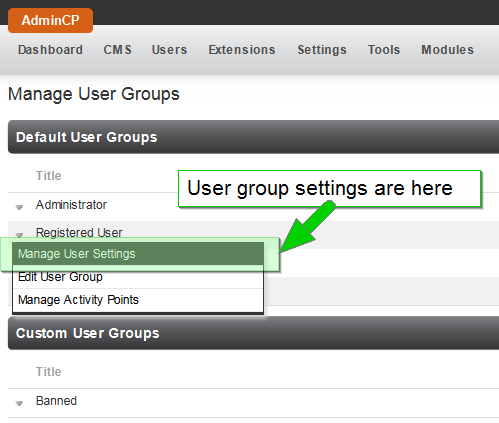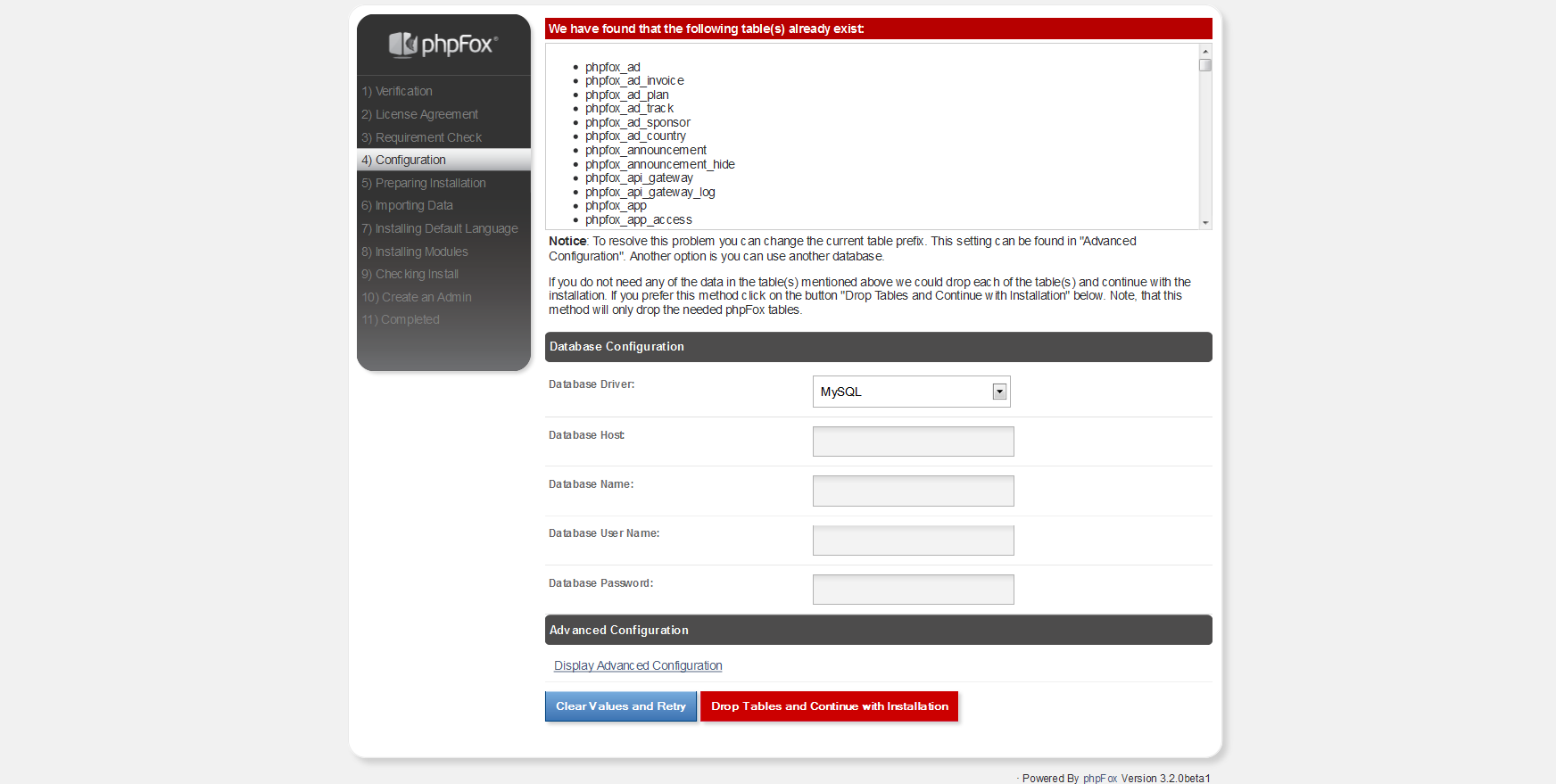The Ubuntu repositories are often outdated in comparison to the developer's release, today I wanted to install NginX in a recently installed Ubuntu Server but first I wanted to see how far behind the repository lagged, the following
~# apt-cache showpkg nginx
gave me the answer:
Package: nginx
Versions:
0.8.54-4 (/var/lib/apt/lists/gb.archive.ubuntu.com_ubuntu_dists_natty_universe_binary-amd64_Packages)
but going to
the official site said the newest version was 1.0.15 (stable). Software versions are often split in 3 numbers, in this case the one in the ubuntu repository is "major version 0" and the one available from nginx is "major version 1", so the one from nginx seems more stable.
The next step was to add the NginX repository to Ubuntu so it would pick up the newer version:
~# sudo -s
~# nginx=stable
~# add-apt-repository ppa:nginx/$nginx
The first line there turns my user into root. The second one defines a variable, wherever I use $nginx it will be converted into "stable", this is used internally by the package installer as well. And the last of those lines actually adds the repository. This is what I got in return:
The program 'add-apt-repository' is currently not installed. You can install it by typing:
apt-get install python-software-properties
No big deal, I just installed that package:
~# apt-get install python-software-properties
Since I had already
sudo -s I did not need to use "sudo apt-get inst...". 42 KB later I had python-software-properties installed and running the last line (add-apt-repository...) went fine. Now the repository is added but we need to refresh the list of packages:
~# apt-get update
it will gargle some information about the packages its reading and eventually say its done.
Our last step is to actually install nginx:
~# apt-get install nginx
This gave me the next prompt:
After this operation, 2,707 kB of additional disk space will be used.
Do you want to continue [Y/n]?
Only 2707 kb! but each and every kb in that package is filled with pure awesomeness ;)
type a
y and press enter, it will do all the magic for you, even start nginx after it installed, and since its already running we can check the version with:
~# nginx -v
nginx version: nginx/1.0.15
Much better than 0.8.54.



